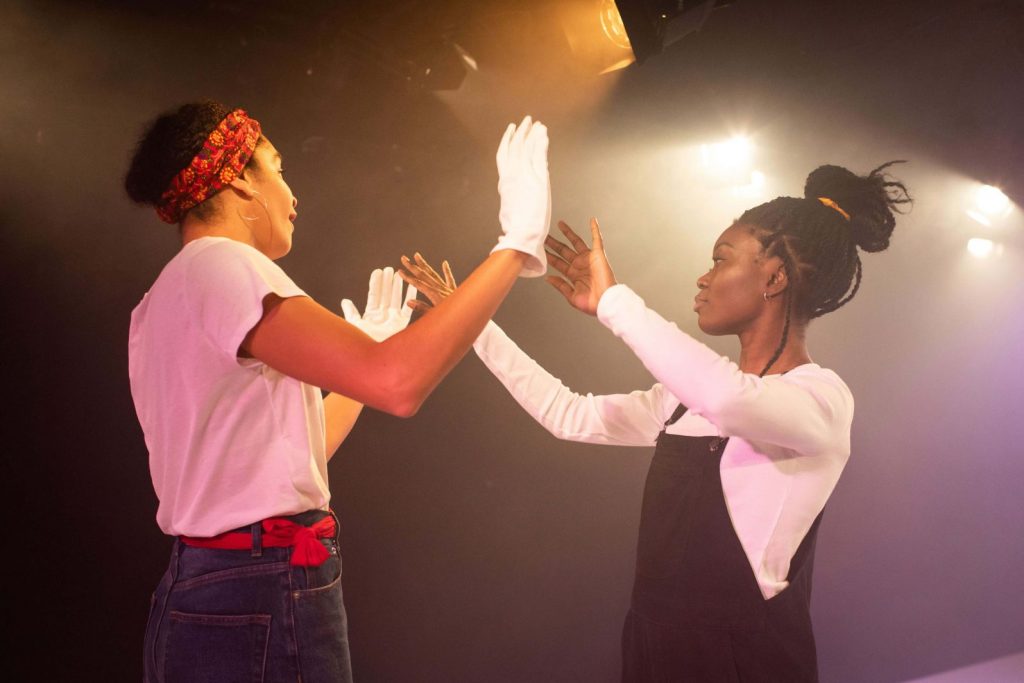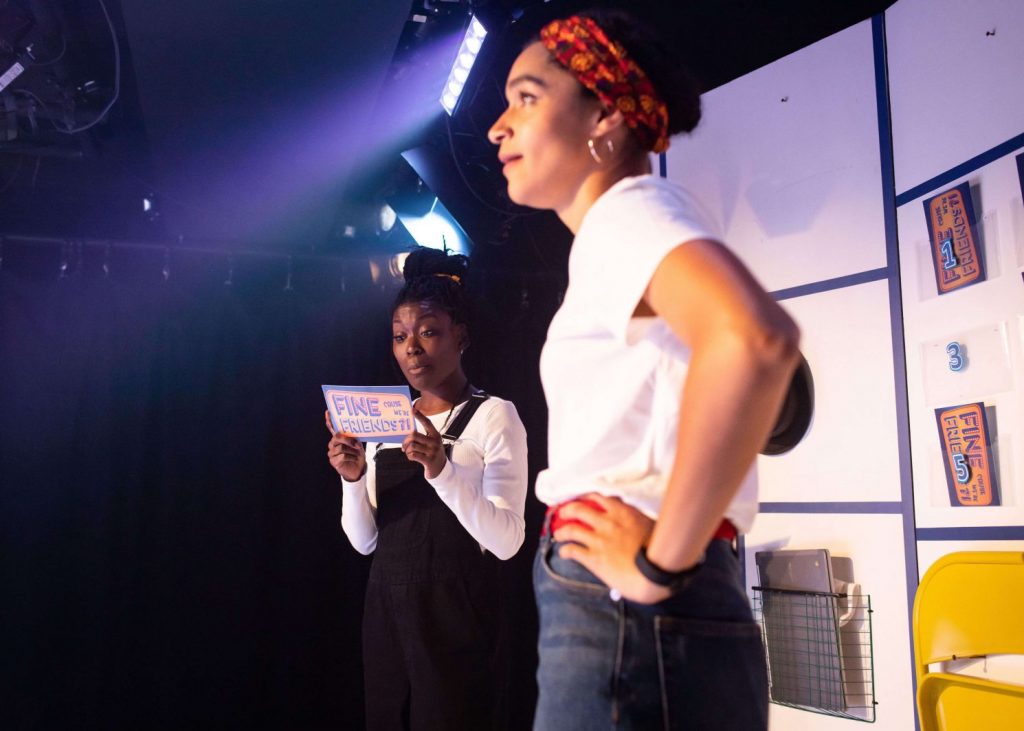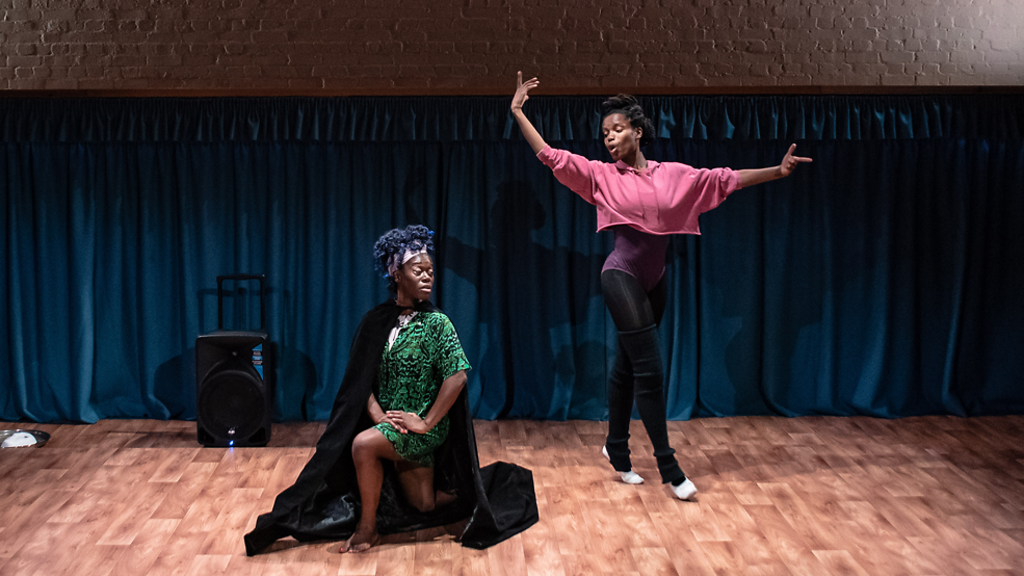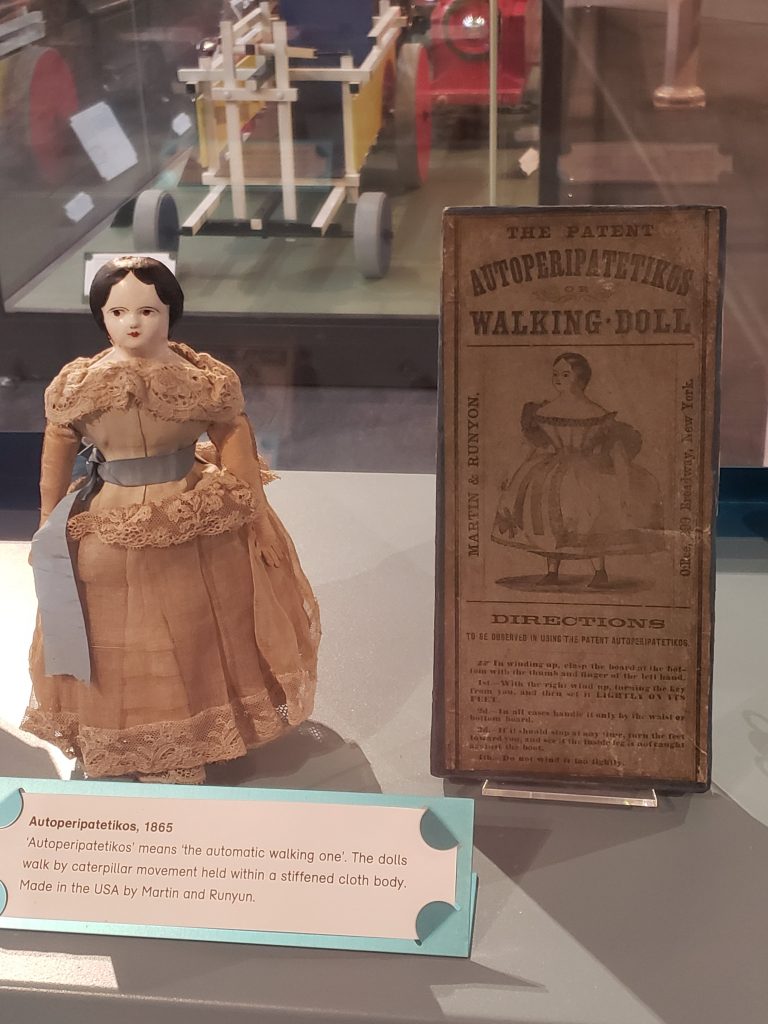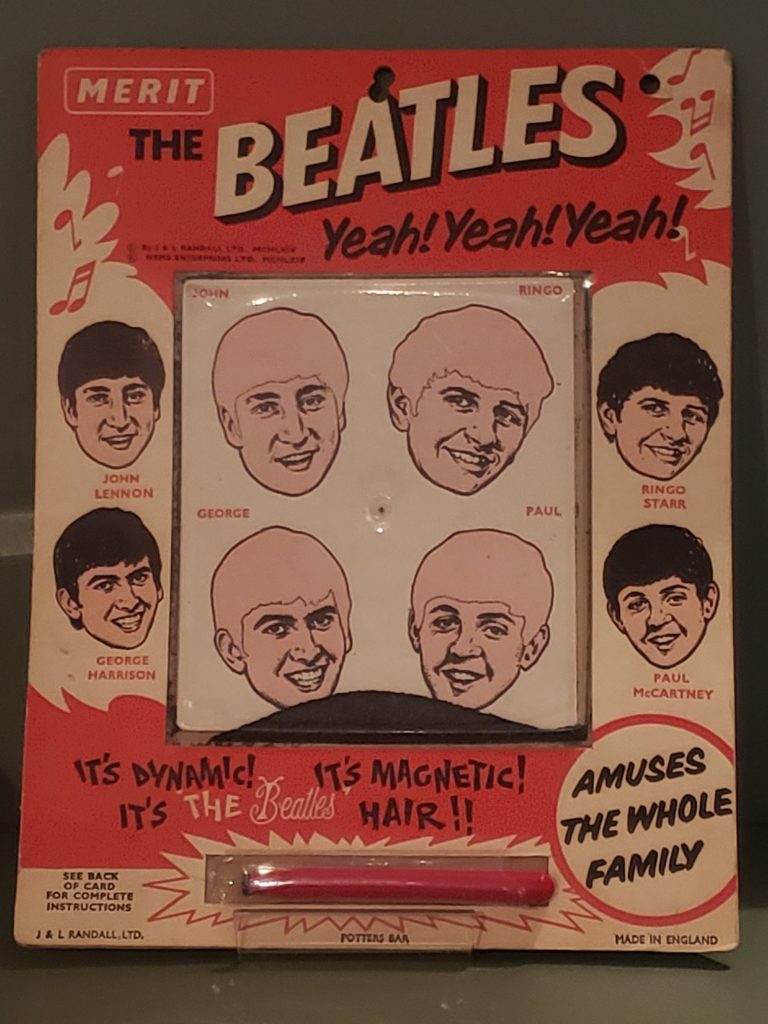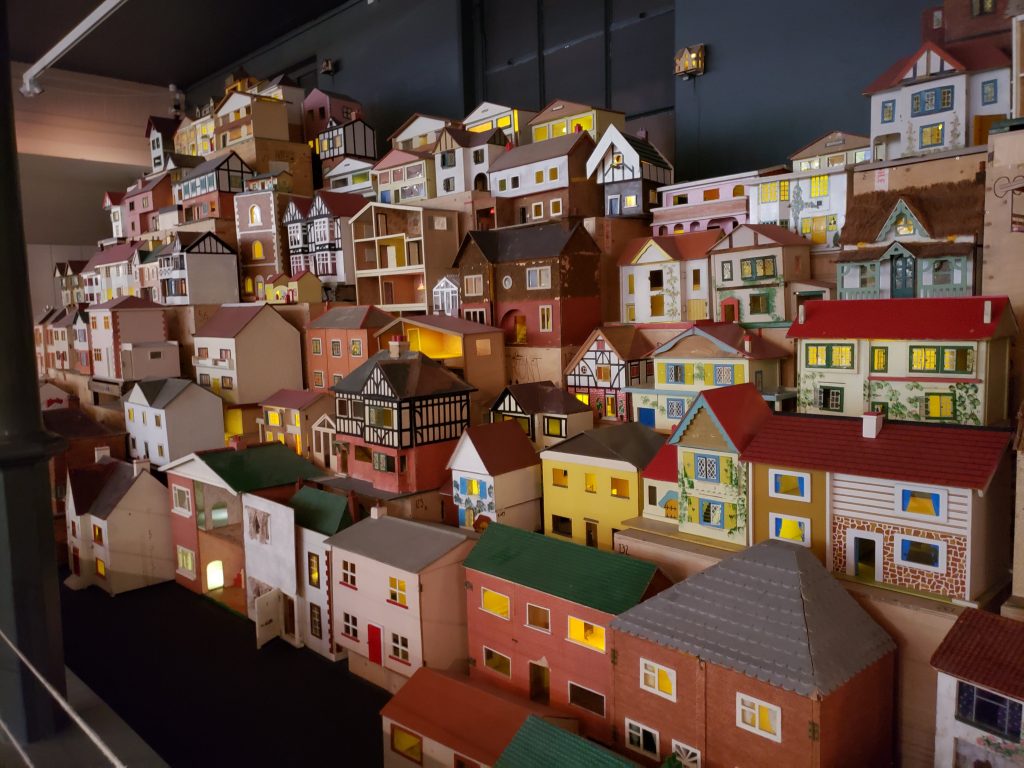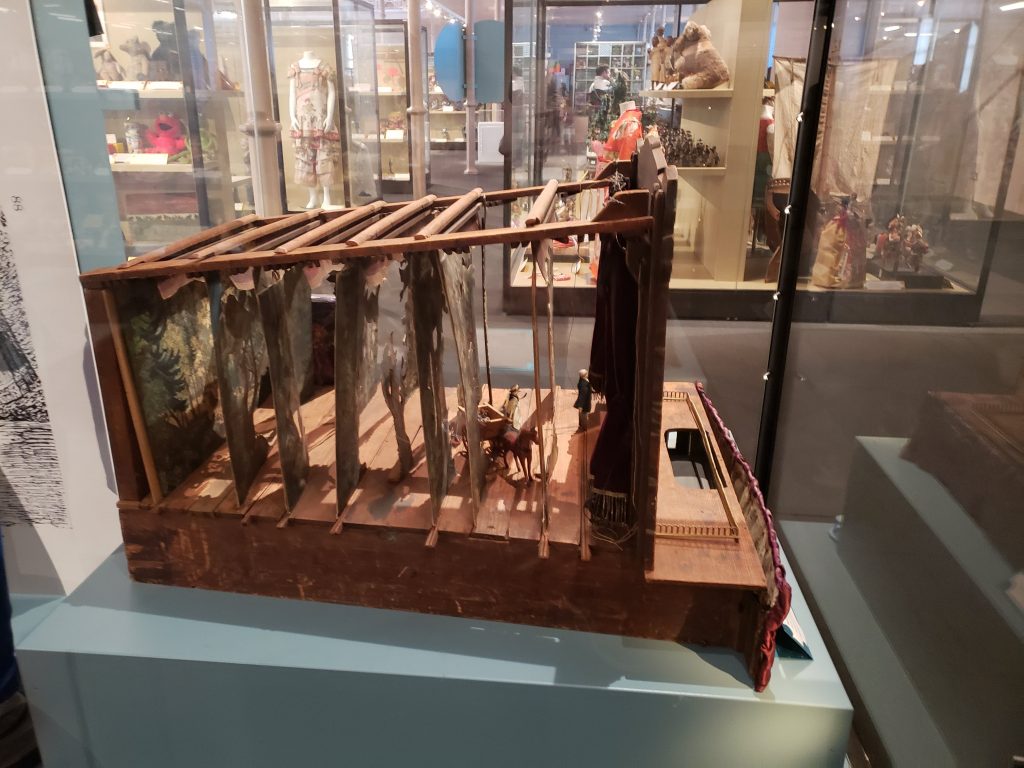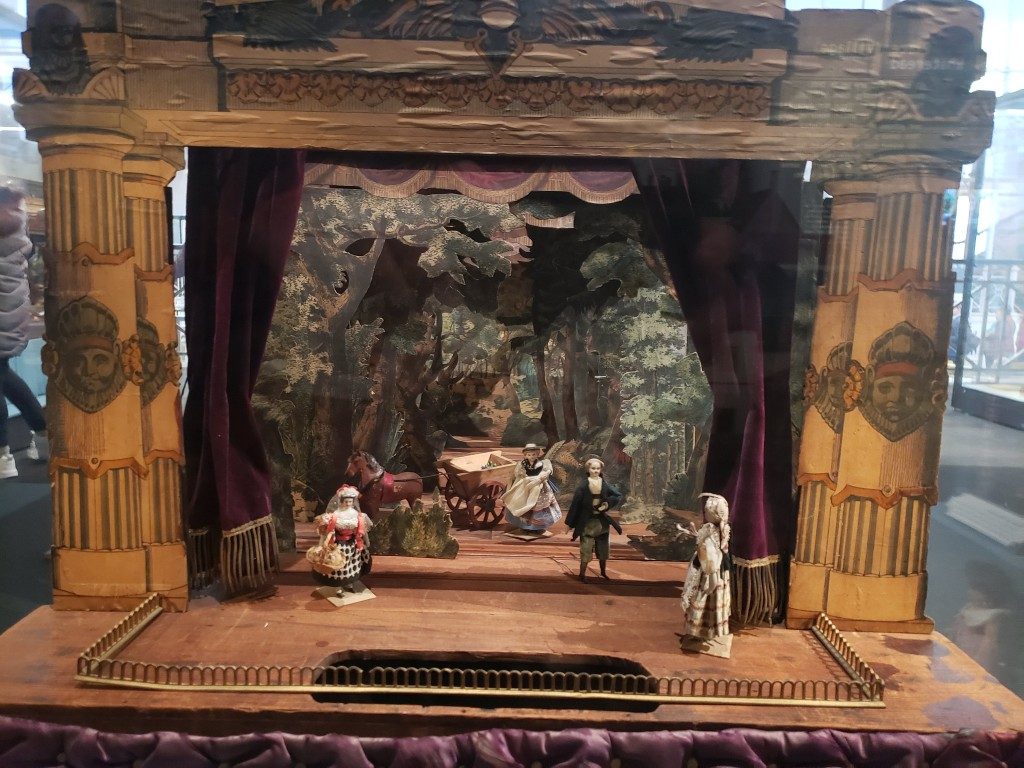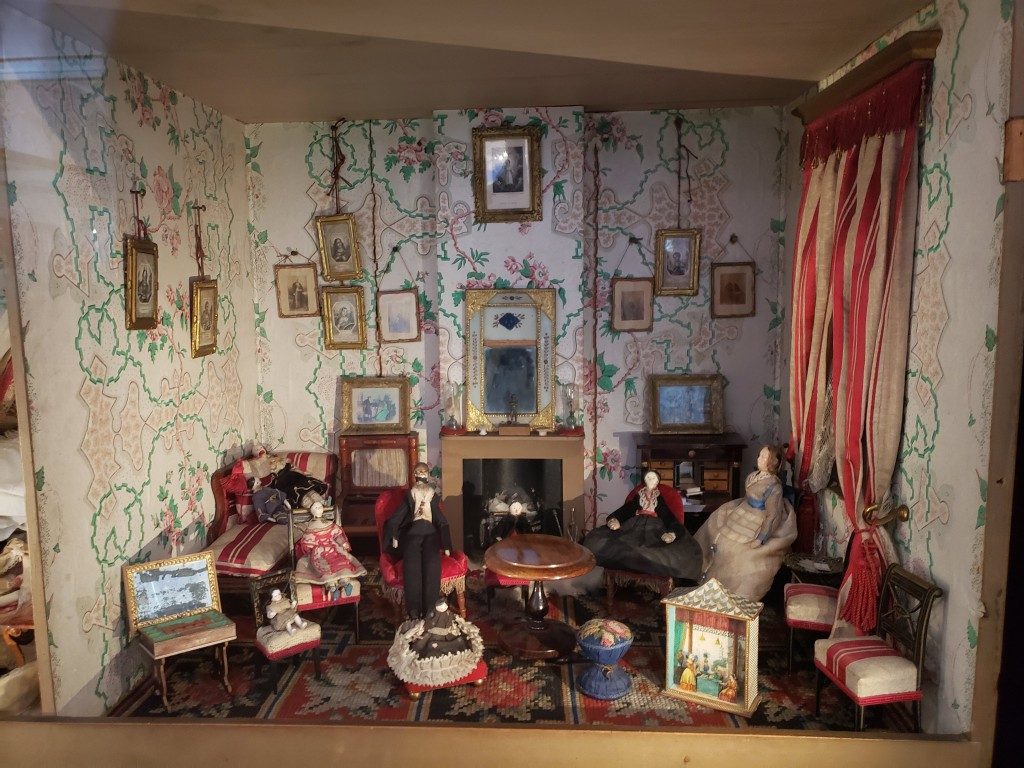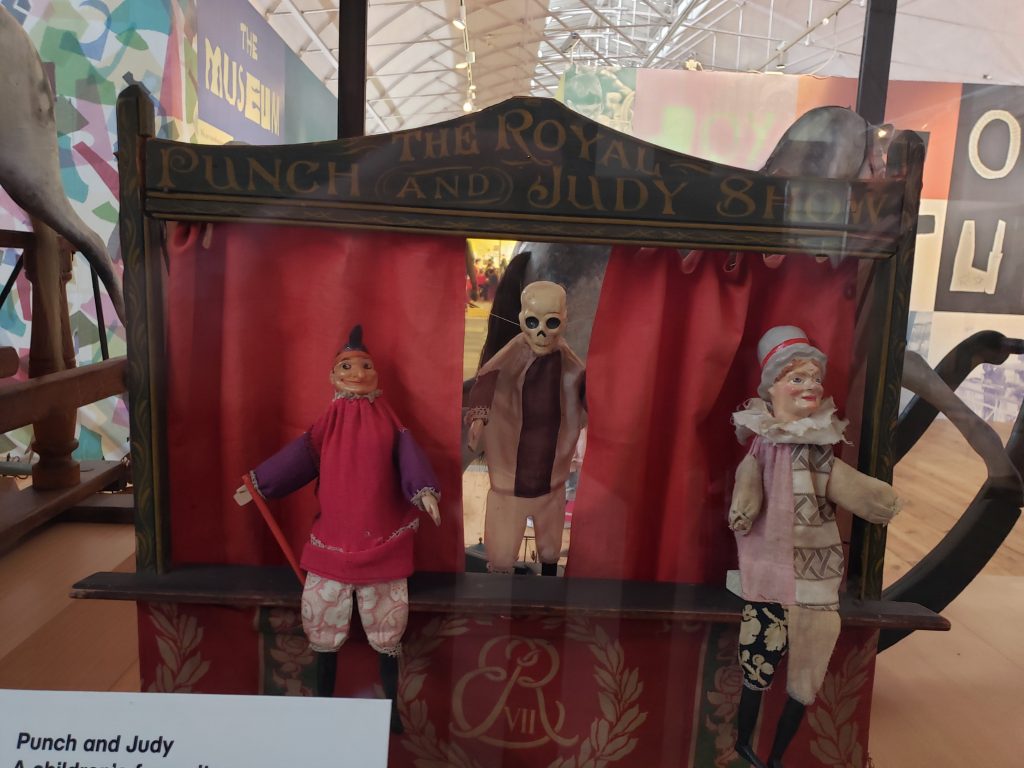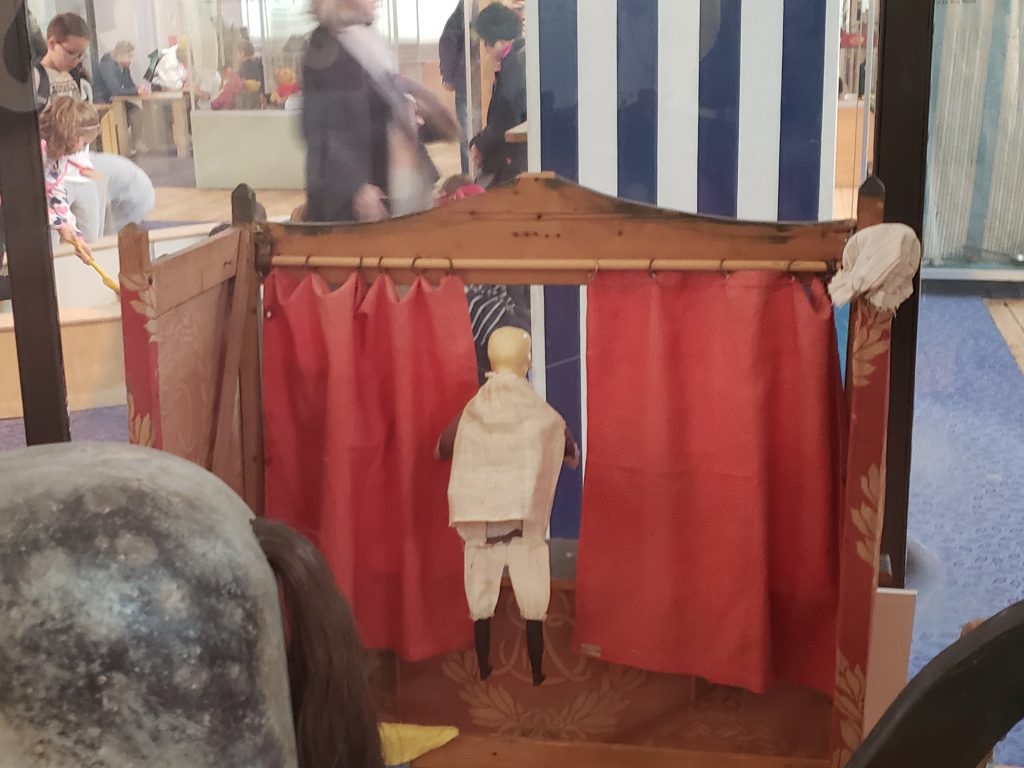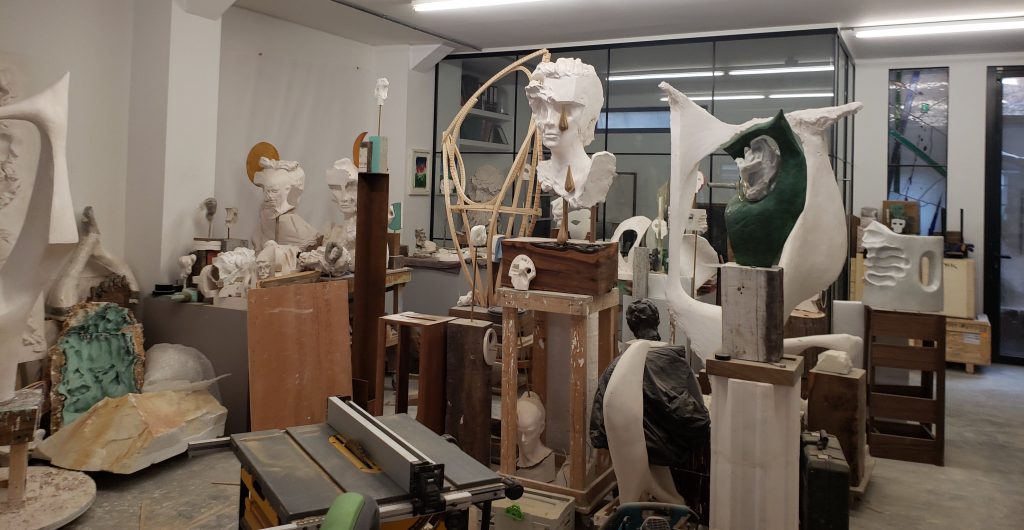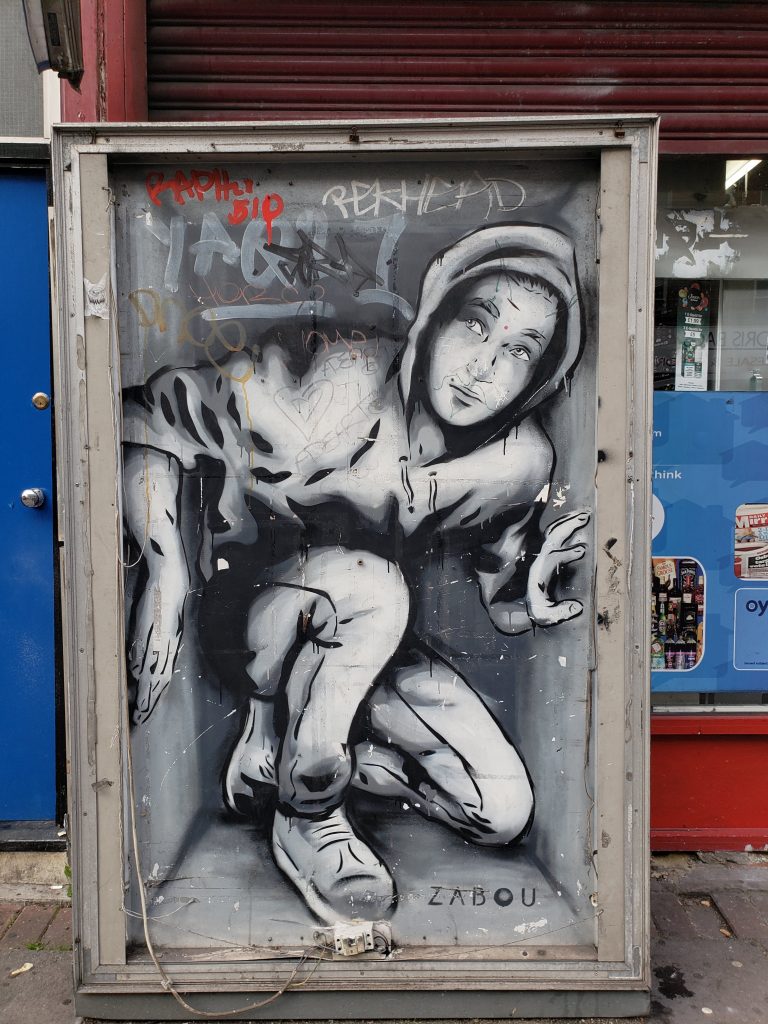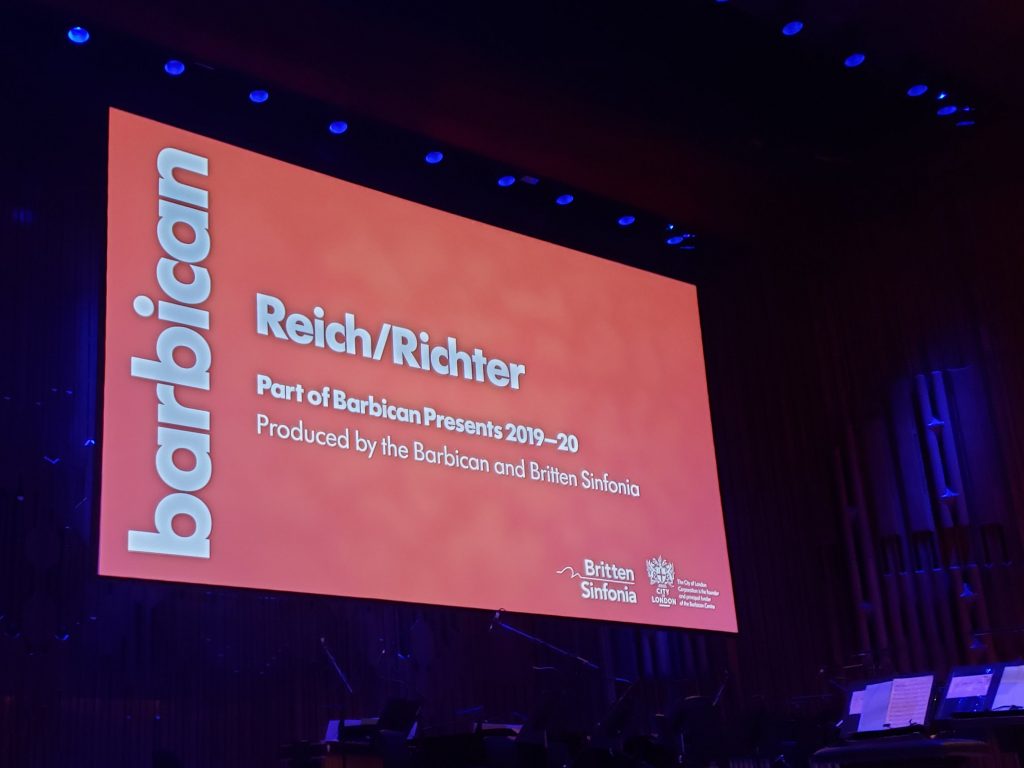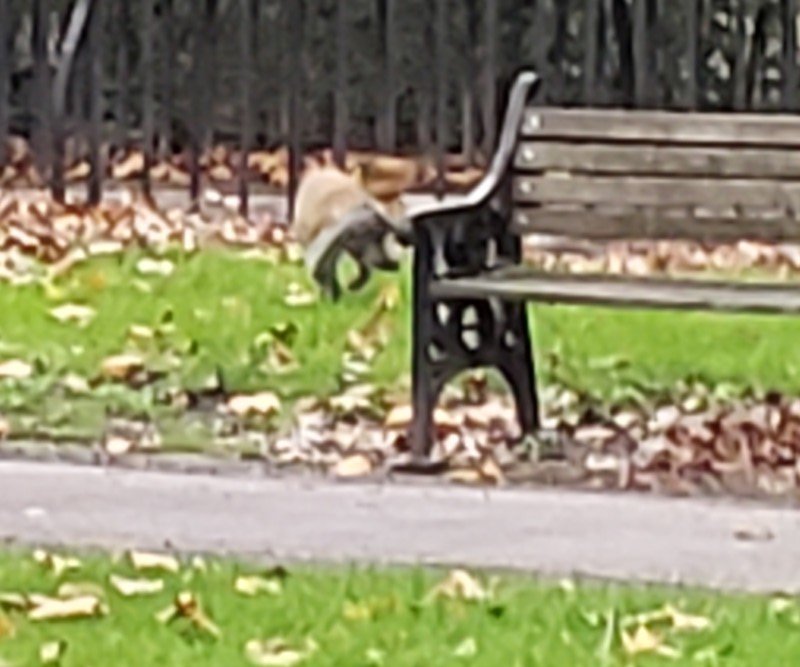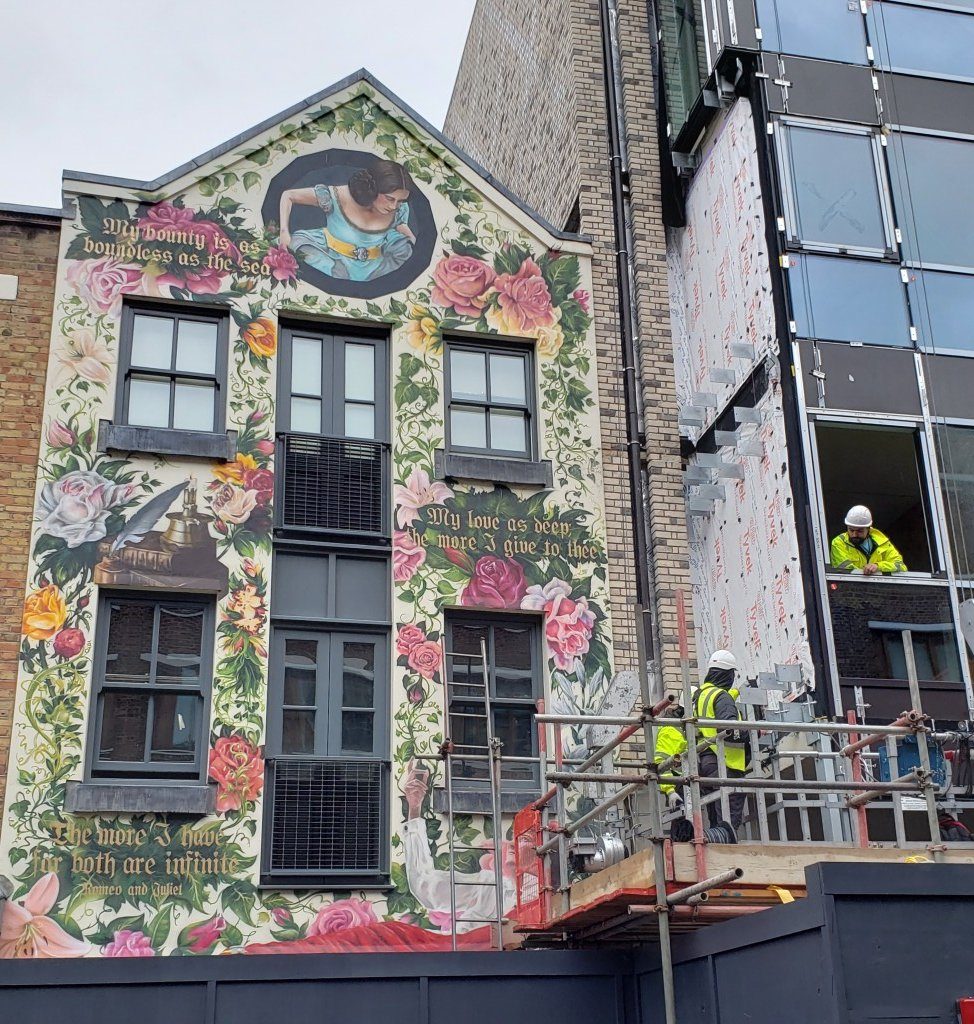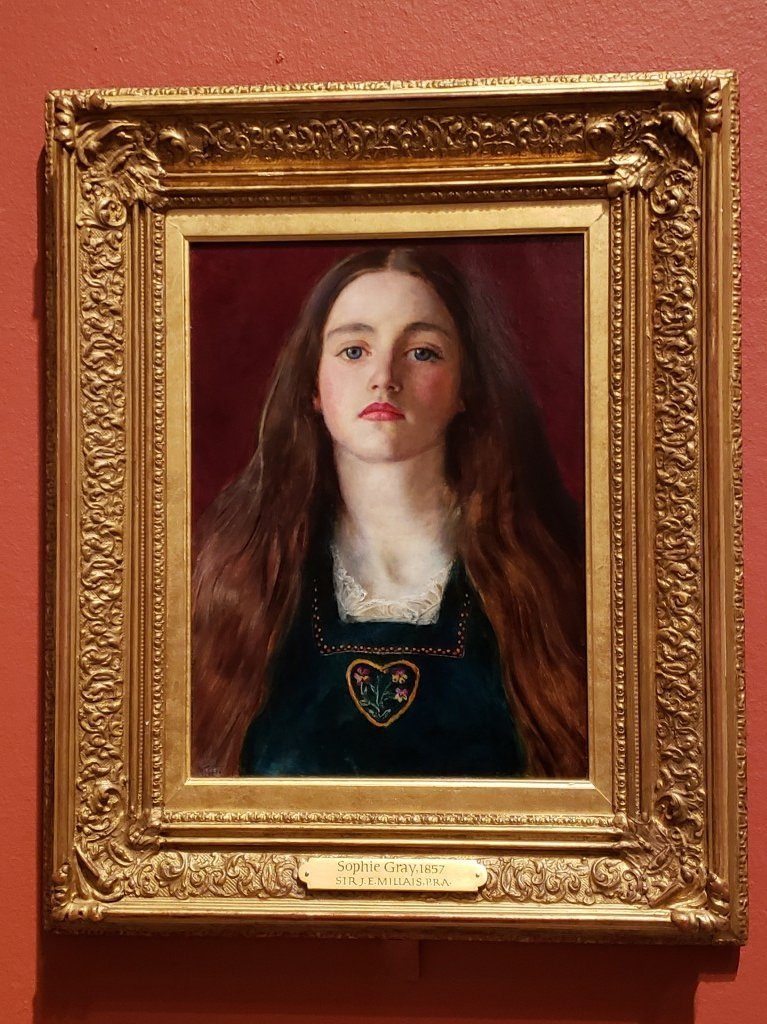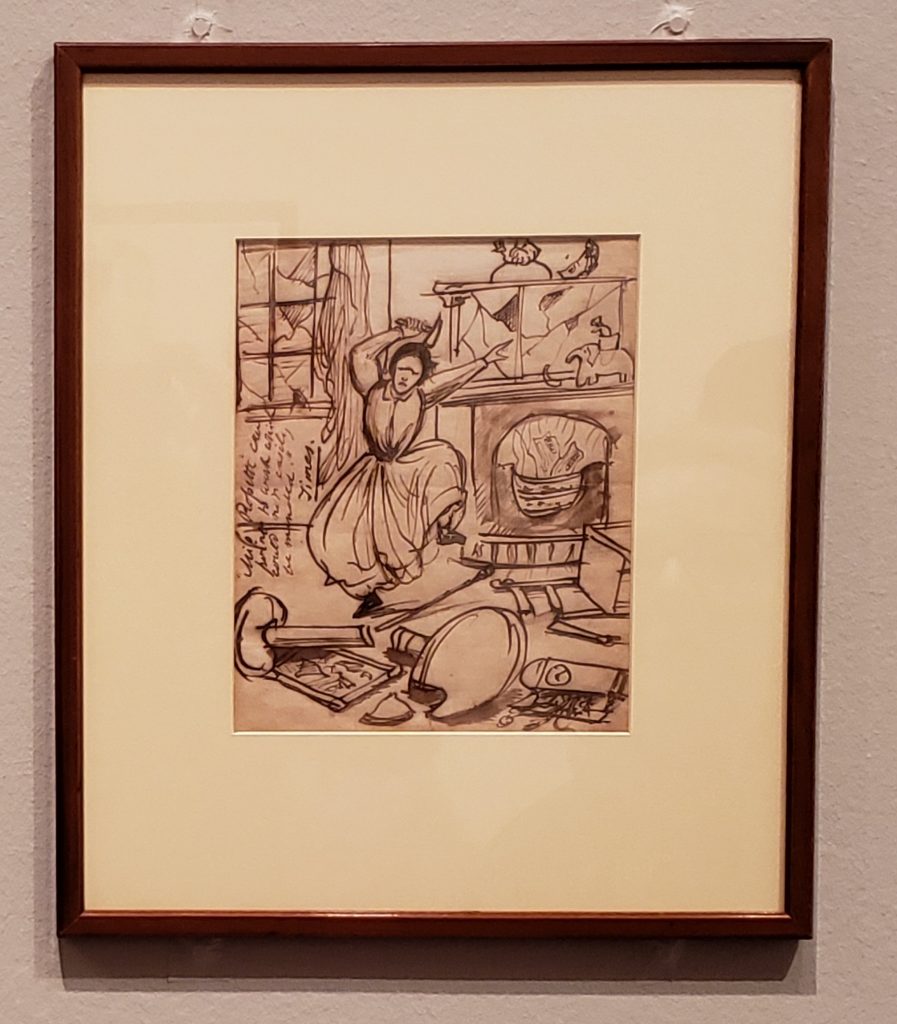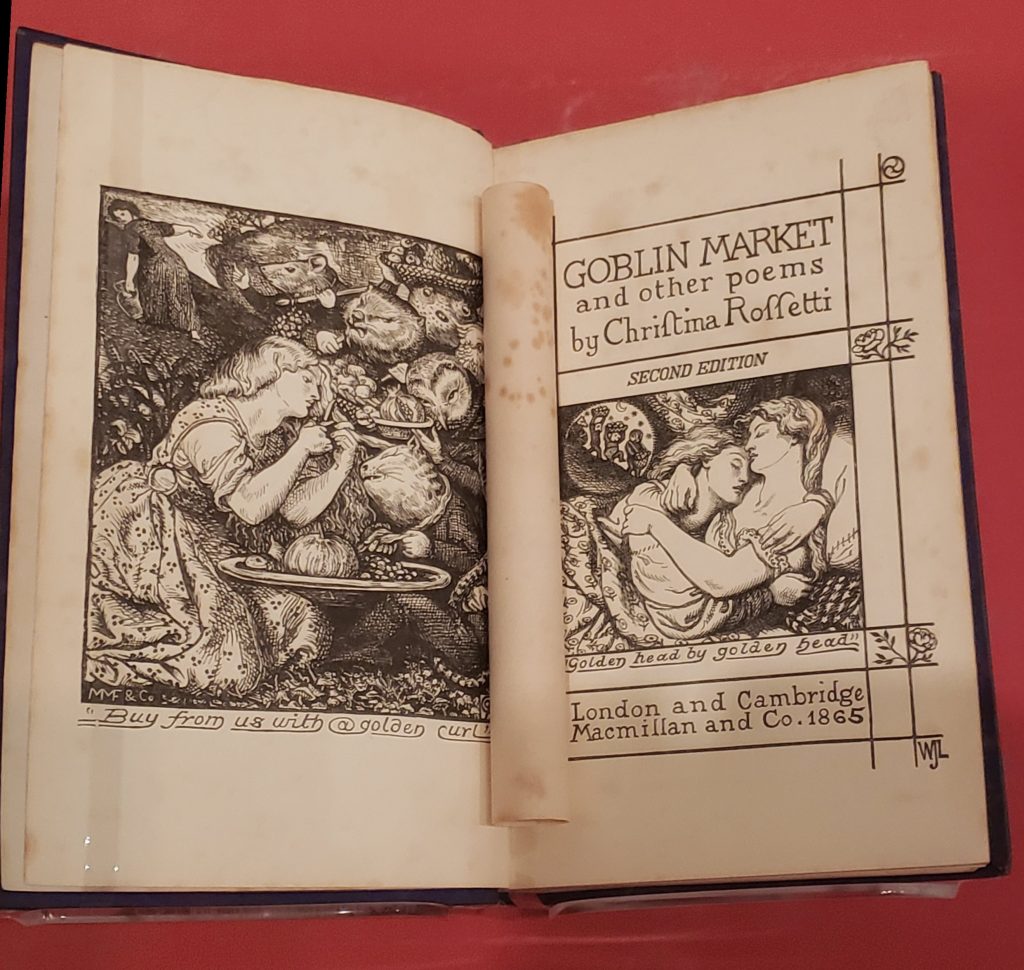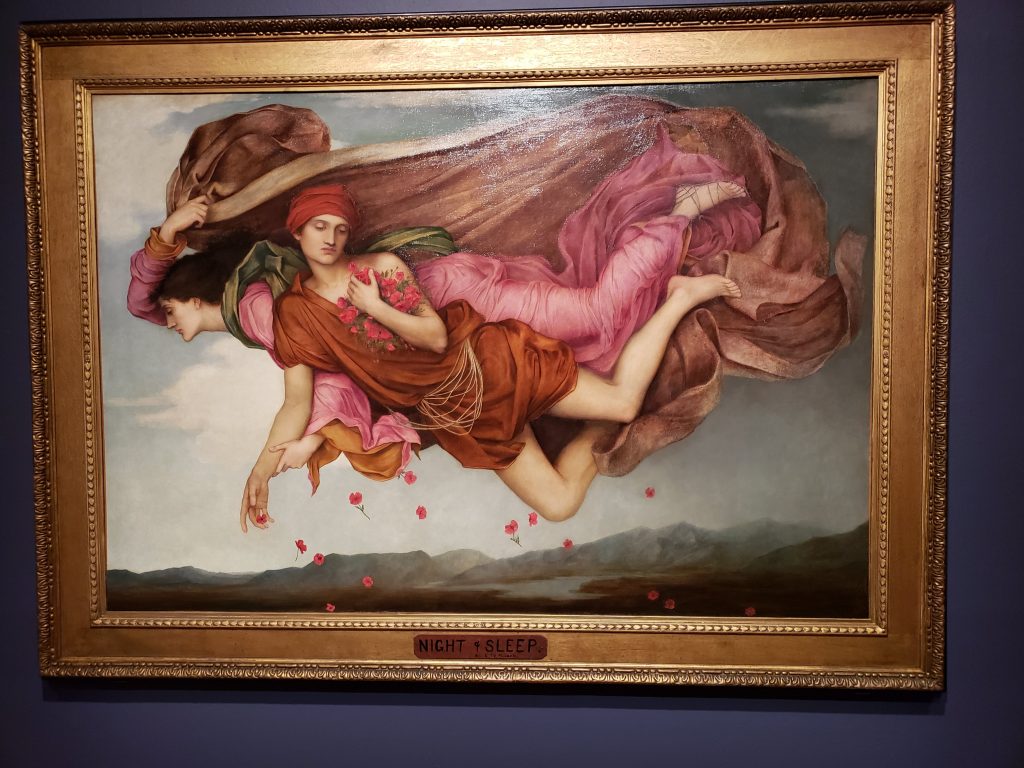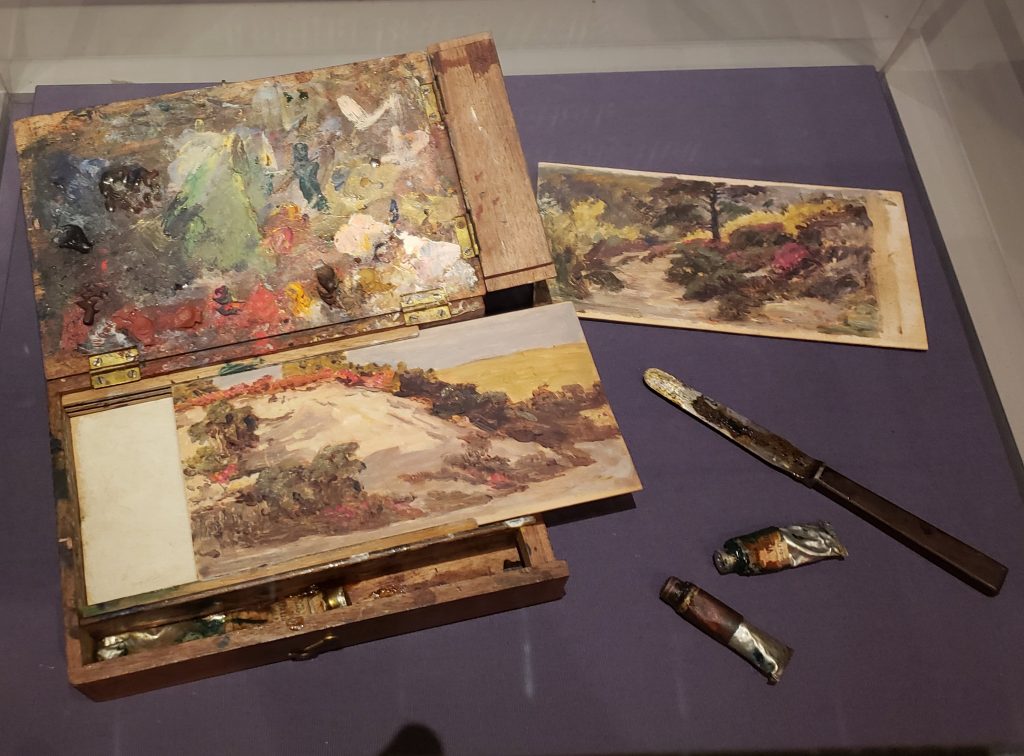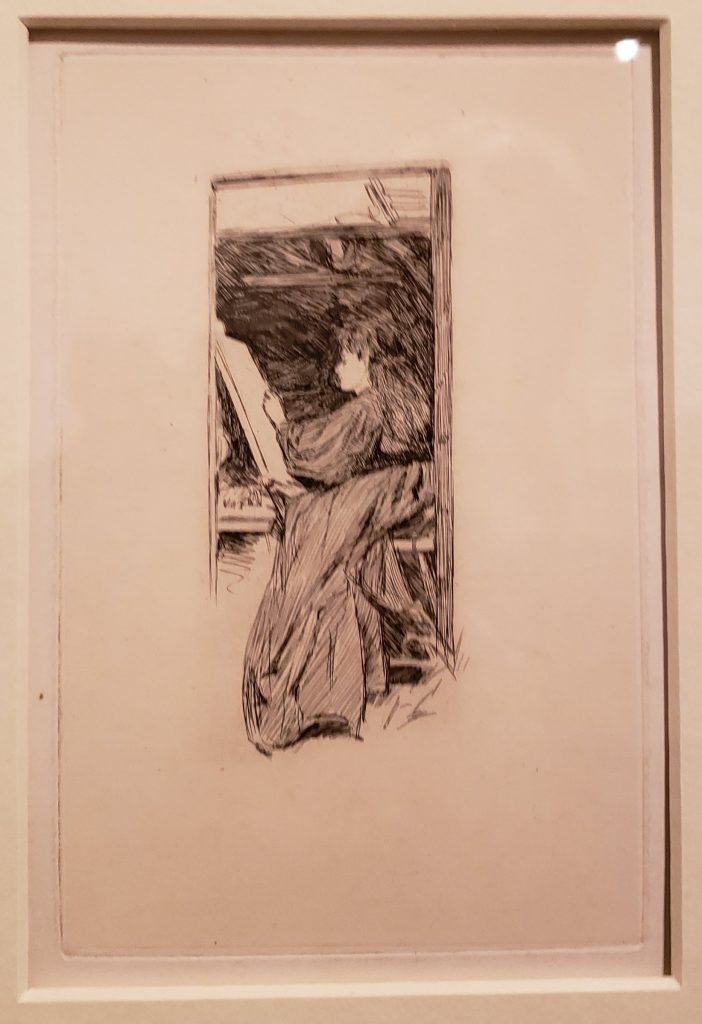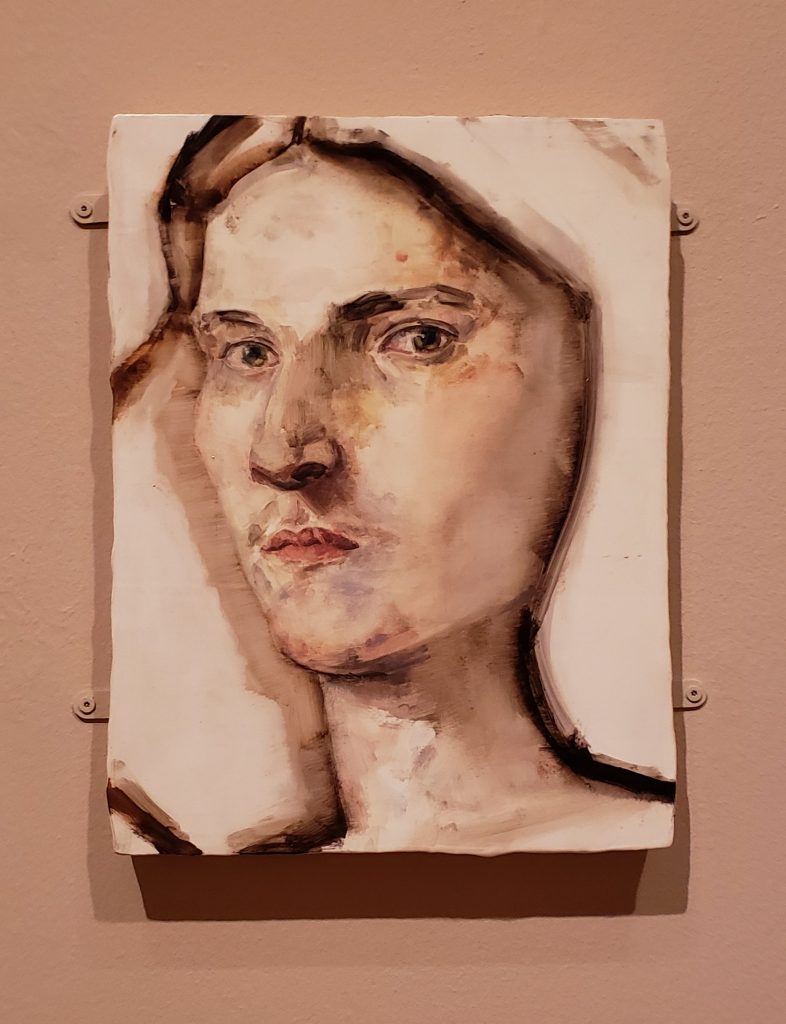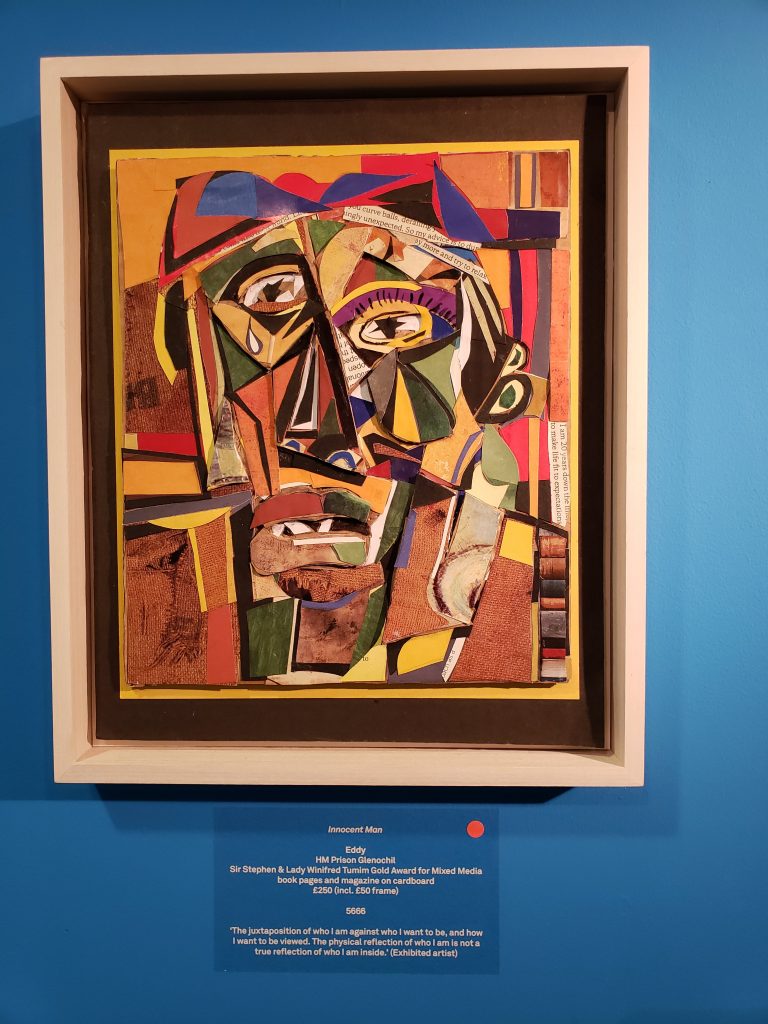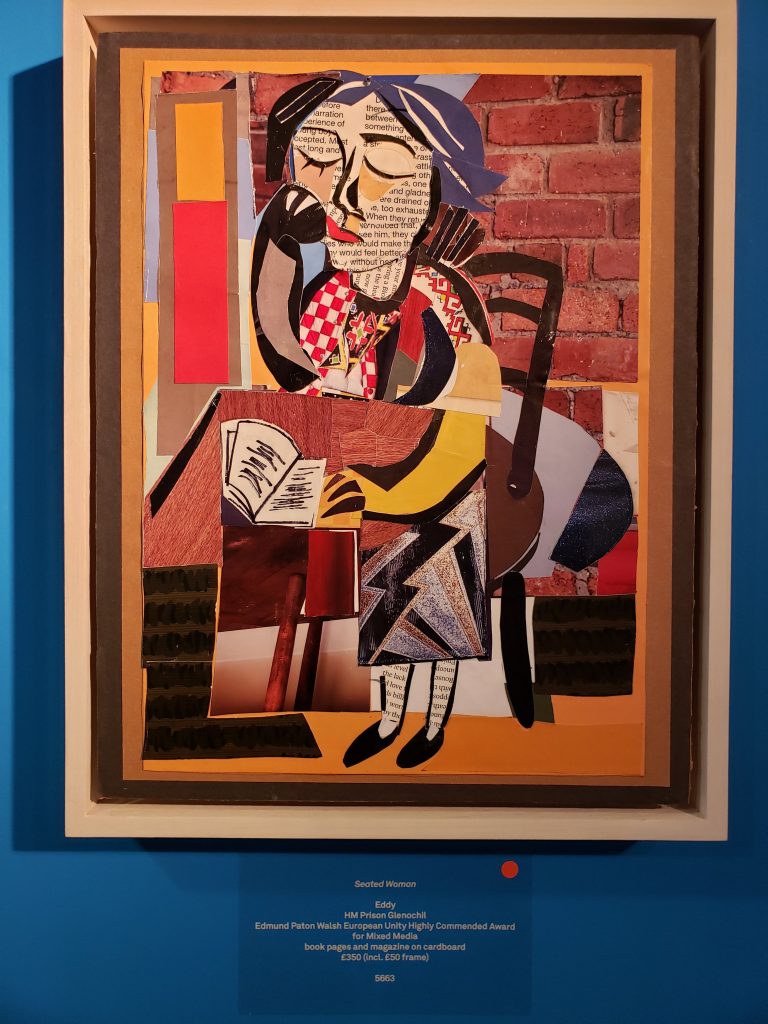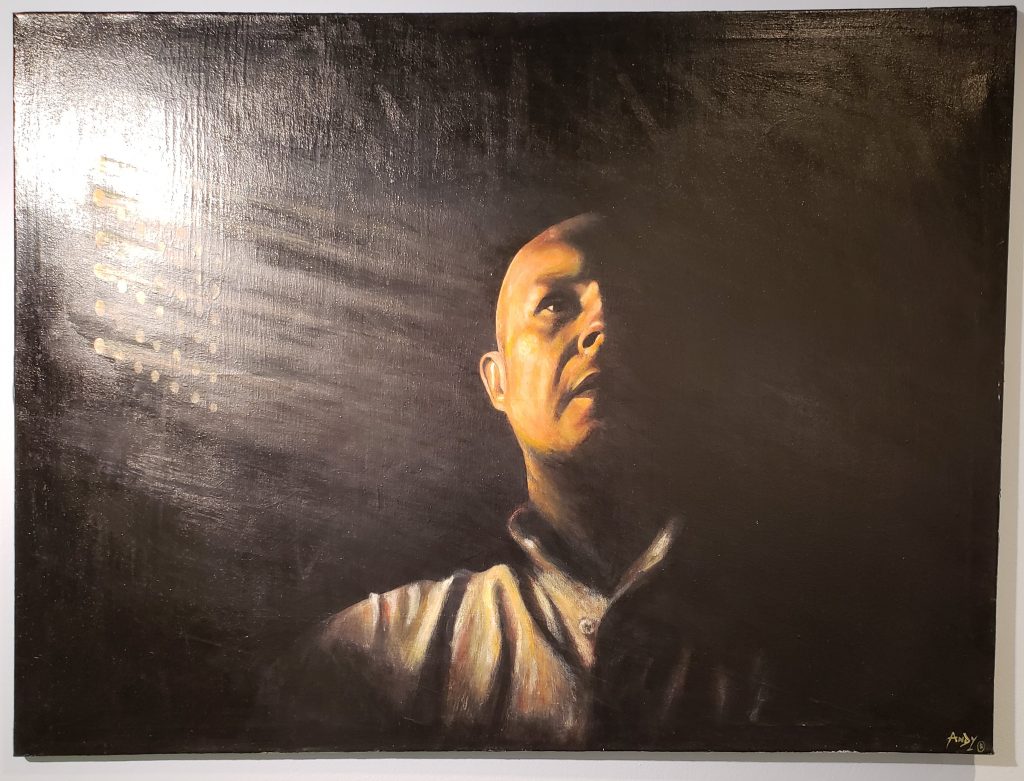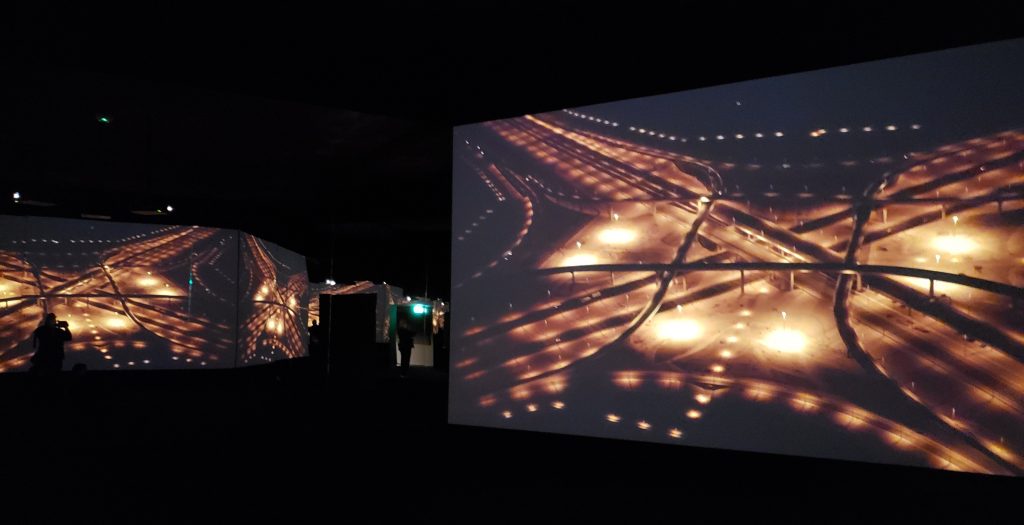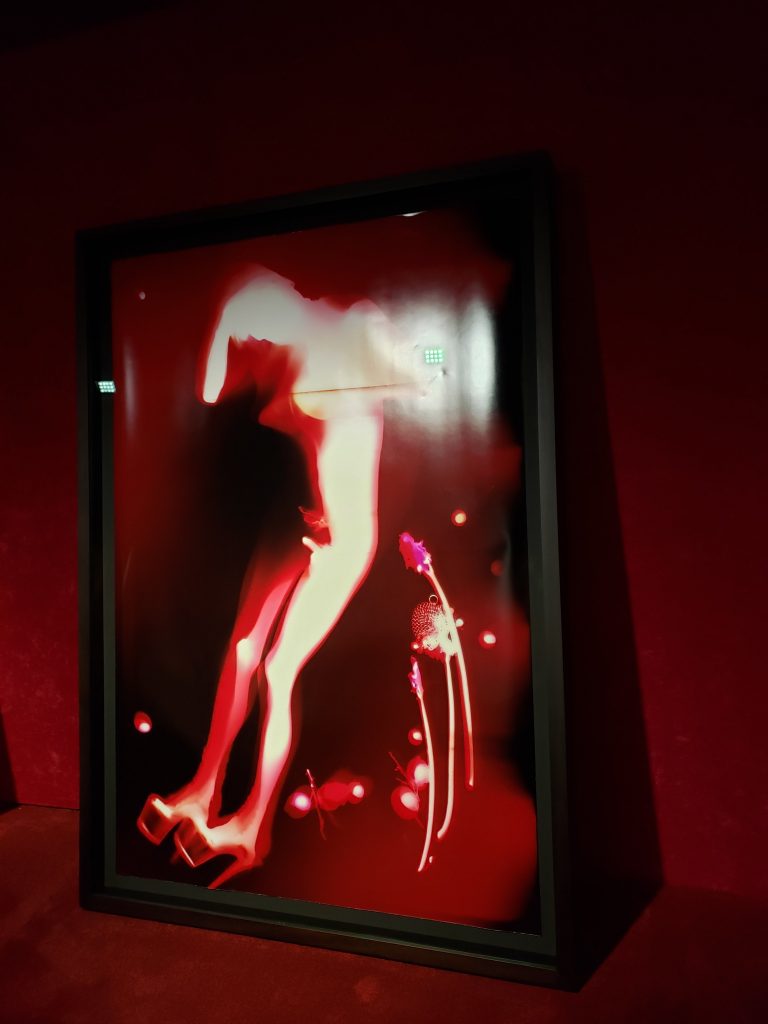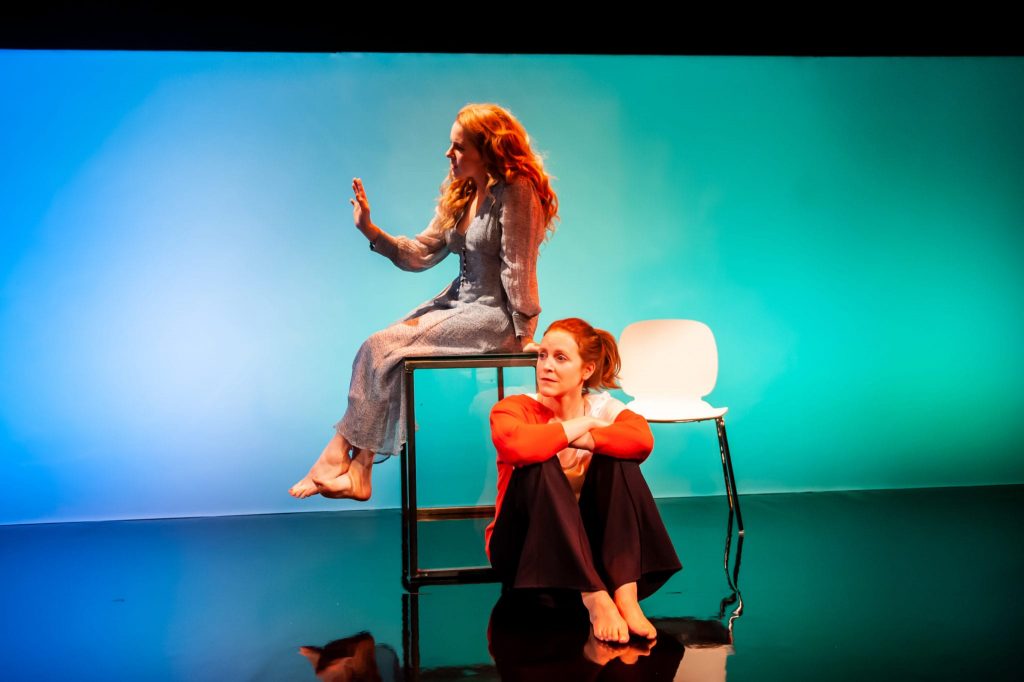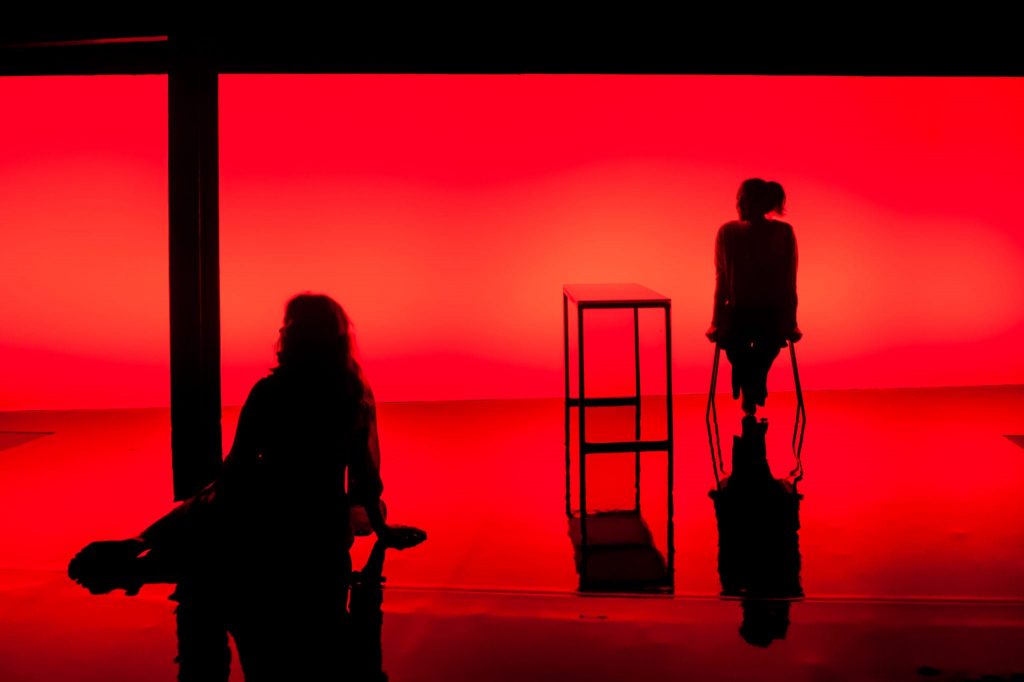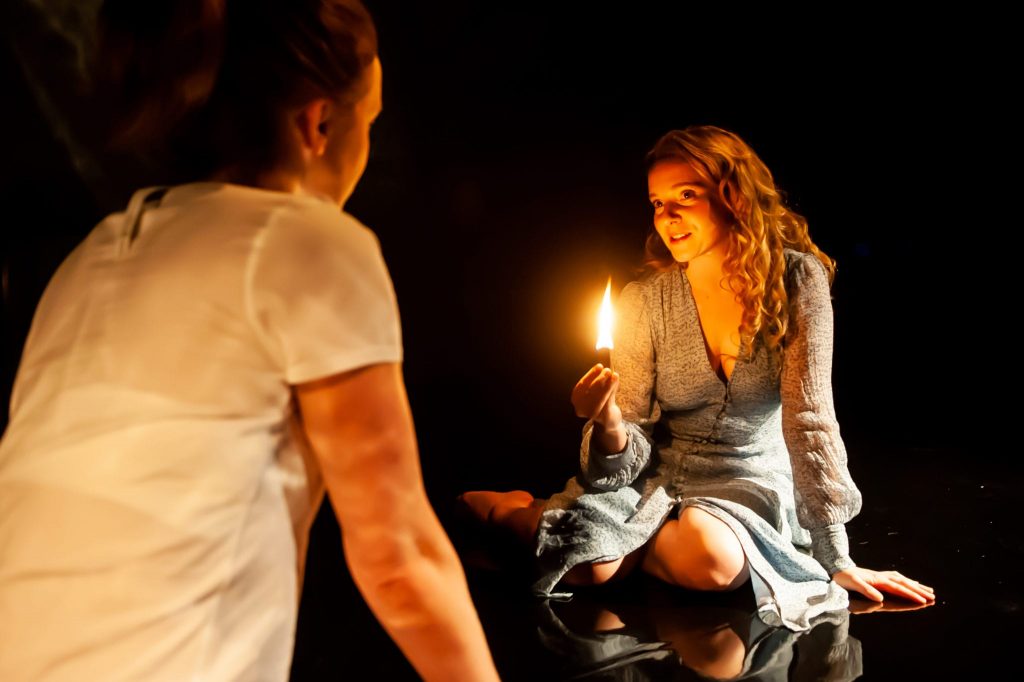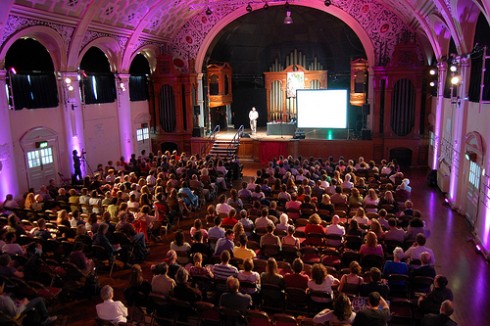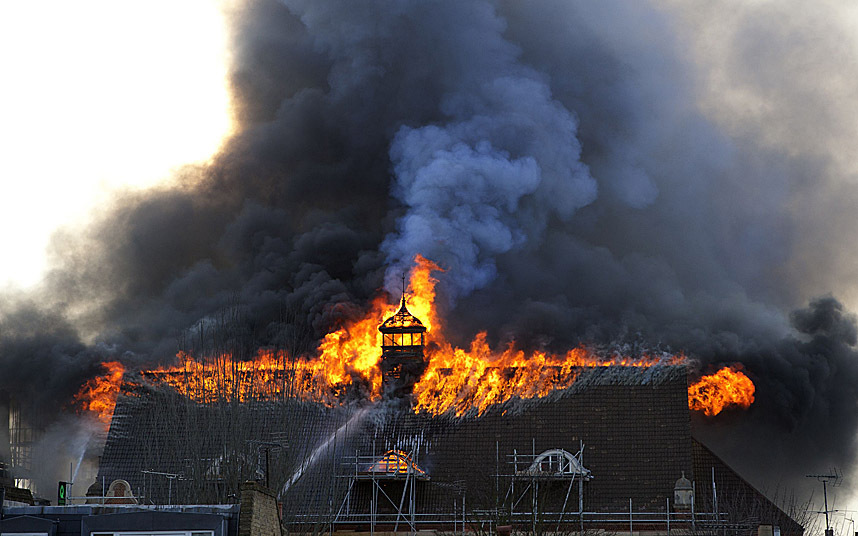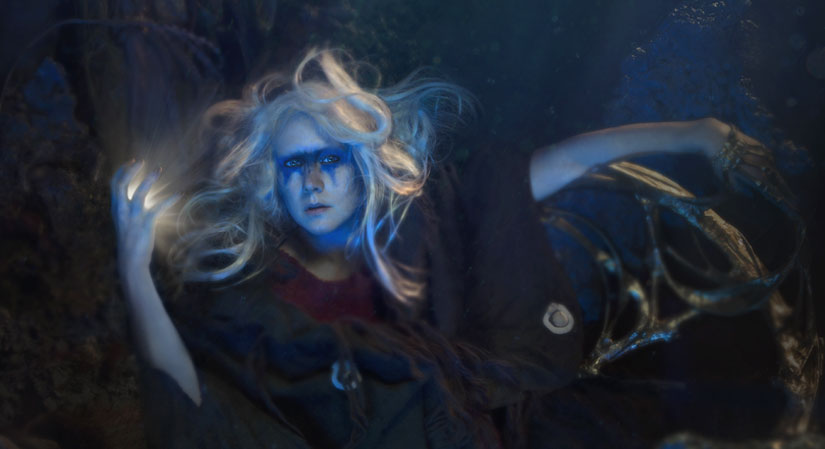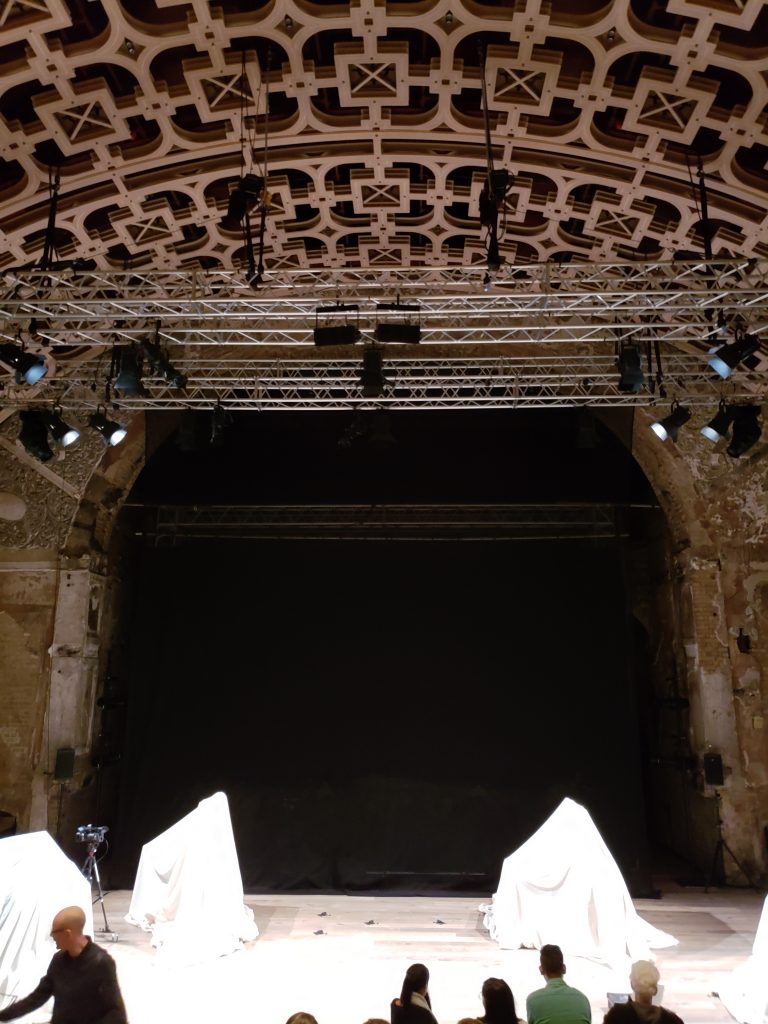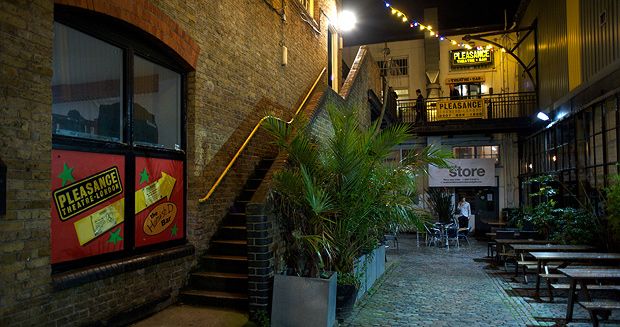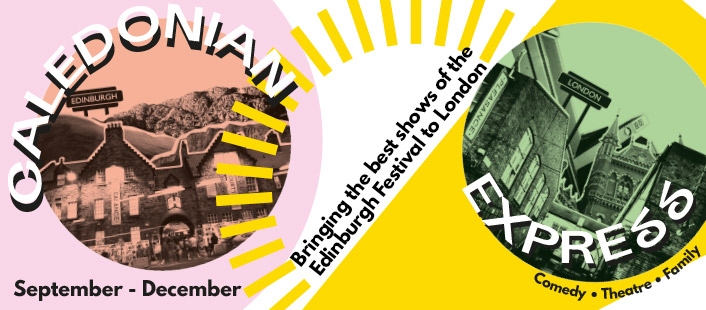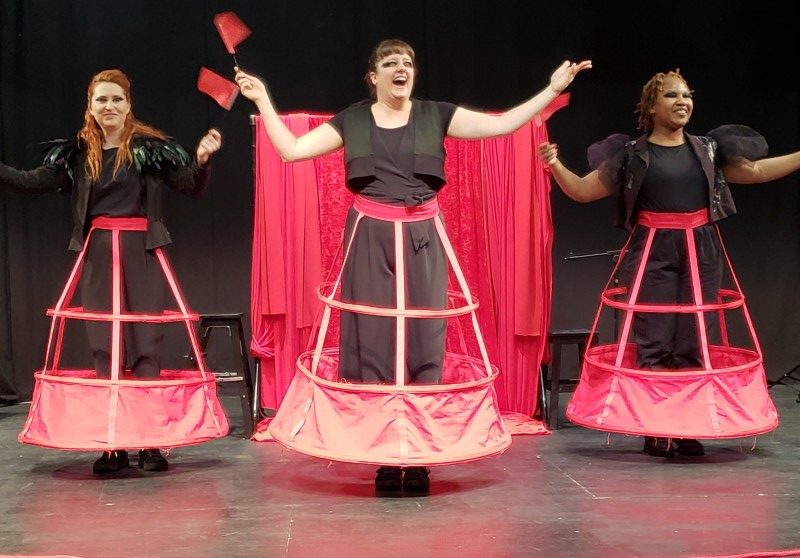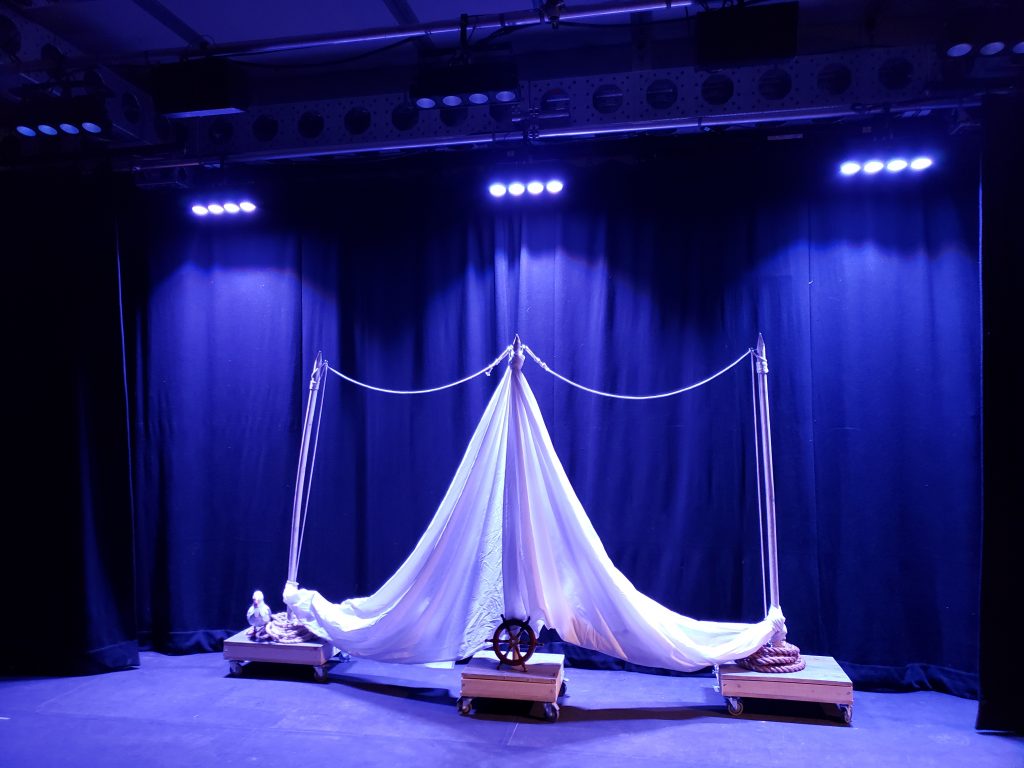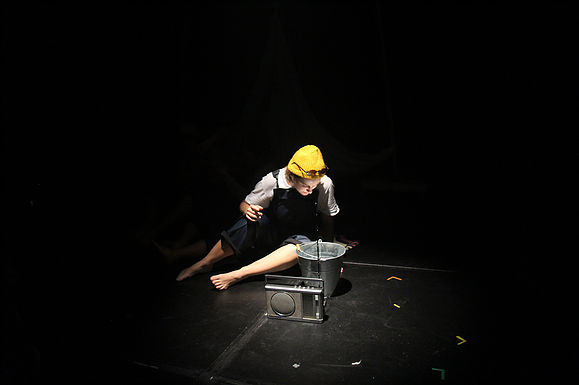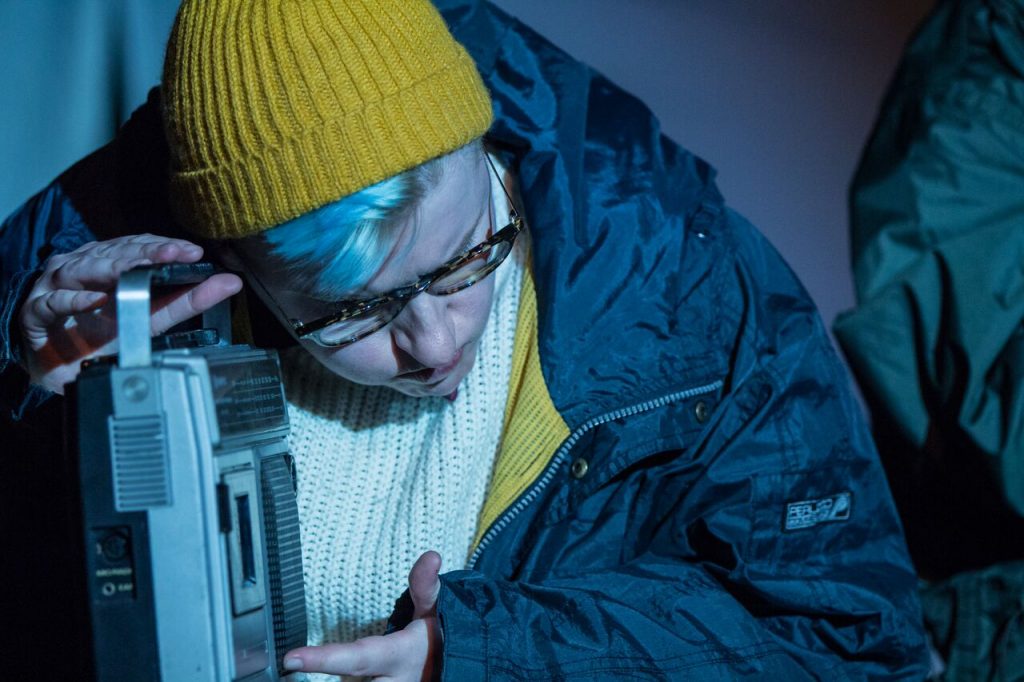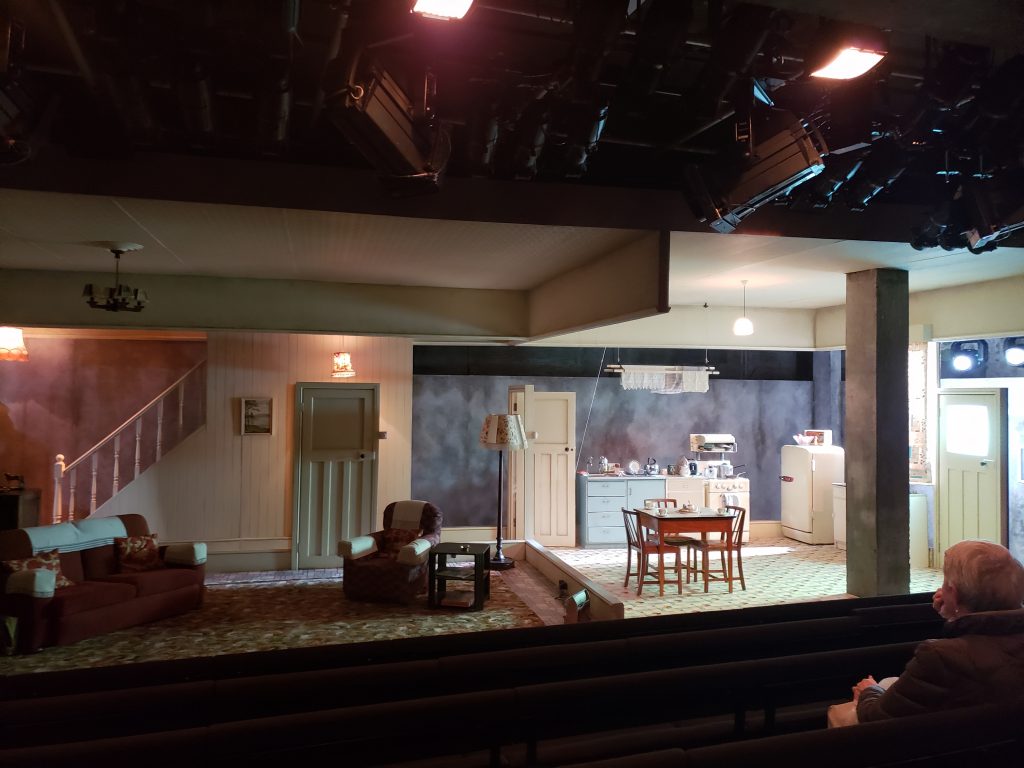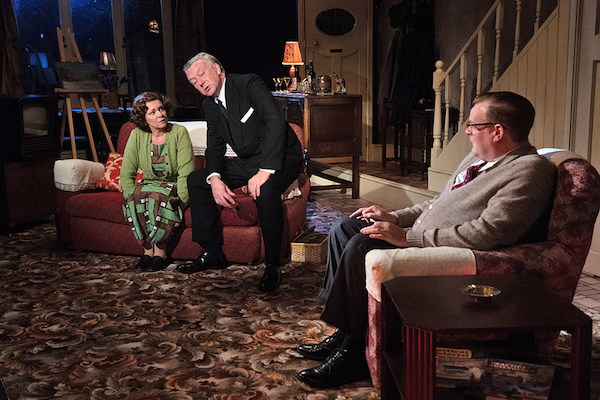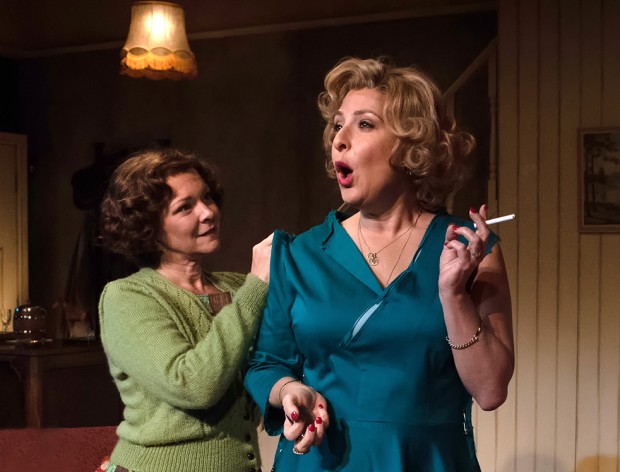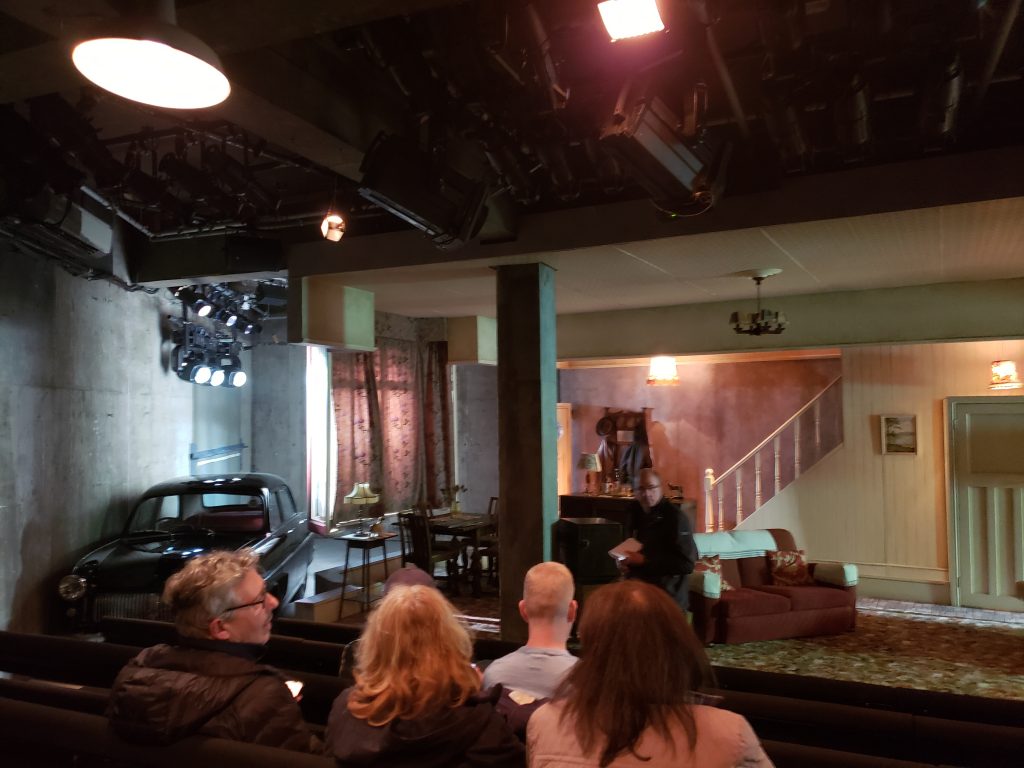We interrupt this regularly scheduled holiday for some work.
Pawn scheduled these holidays last spring, prior to taking a new job. Then, during the summer, discovered that a conference, who’s topic is quite important for this new job, would be ongoing in Lyon, France, right smack dab in the middle of said pre-scheduled vacation. Being a good team player, Pawn offered to break his break and journey off to the conference.
A Eurostar trip to Paris Gare du Nord ensued, followed by a quick stumble across town to Gare de Lyon, and from there to Lyon, via the TGV high-speed train. These trains run full out at about 300 Kph, so make pretty good time. All in all, however, it’s still over five hours of travel, not including the connections.
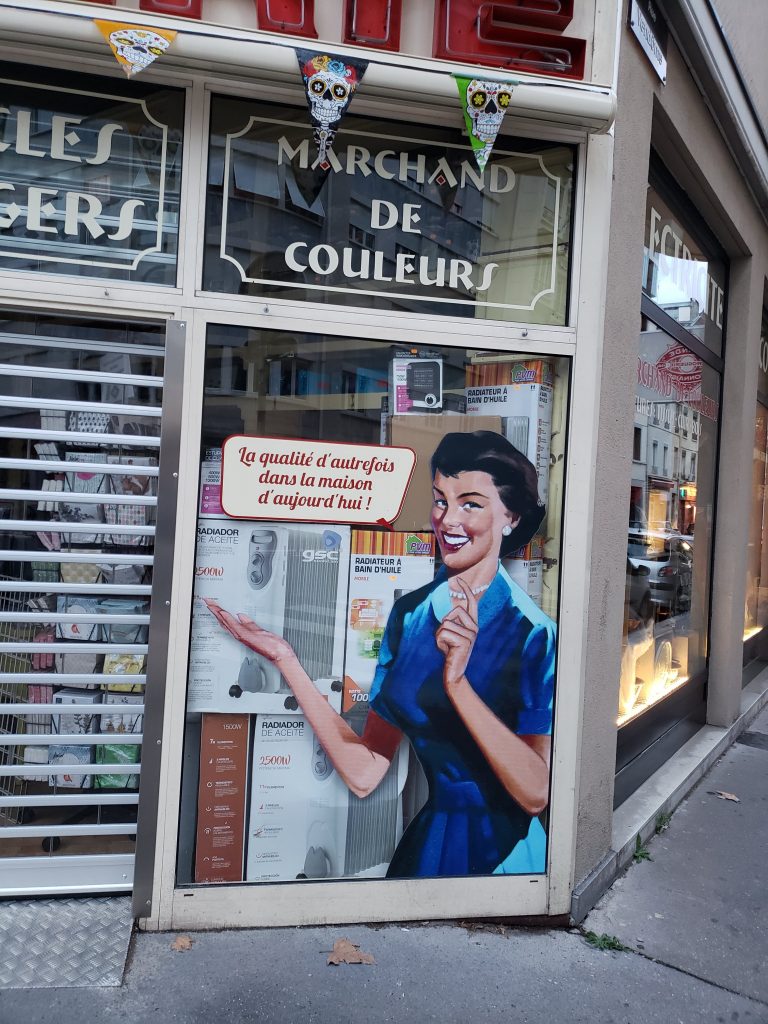
The conference was good, weather was damp and in the low 60s to lower 50s F, which wasn’t too pleasant. I didn’t get to really enjoy much of Lyon, as my cold came raging back, along with aches & pains, stuffy head, coughing, sore throat; the whole shebang. But I did get to spend some time wandering about.
As written to friends, and lightly redacted, here’s a few contemporaneous accounts:
In any event, when I packed to come down here for the conference, I tried to edit a bit, and only bring what I absolutely needed for the three days here. I’ve got the London flat for the duration, so I didn’t have to schlep everything here. I have more power adapters than I need, since I now have dedicated UK versions of power supplies for my phone & computer. I typically only need maybe one other adapter, and, since I suffer from sleep apnea, I also carry a flexible-plug power cord for the APAP machine I use to sleep with.
Well, and this is the first time this has happened in 20 years, I somehow managed to edit out the European-plug adapter for the APAP machine. Oops! Of course I arrived after 5pm on Sunday, so no shops open to sell me the proper cord. A mostly sleepless night ensues. The other end of this cord is a standard IEC-320-C7; a two-prong thingy. So after my early conference sessions, I search online, looking for a shop nearby that might have one. Finally alighting on the search term “electronique” I find a smattering of locations. One of them is Tedd Connexion, and I go for a nice walk through the Lyon business district to get there.
Well, Tedd Connexion has some fancy-schmancy audio gear in the windows, including Onkyo receiver with IMAX decoder(!), some stranger-than-B&O speakers, Sonos gear, etc. I wander in and start browsing whilst the salesman finishes a hushed-tone conversation with a client. I find the cable I’m looking for, as well as several other power and other cords. The boxes all have two, three, and four digit labels on them, but no € symbol, so I assume these are SKU numbers.
Finally the salesman finishes with his client, and turns his attention to me. I explain my lack of command of French, and in his own broken English (who am I to complain?) we converse. I show him the plug-end I am looking for, and he shakes his head. “Non, we do not have this cable.” “But I see one right here,” I correct him. “Ah, yes, but this is a, how you say, Powerful cable; very powerful.” “By ‘powerful’ I assume you mean ‘expensive’,” I retort, noticing the tag which reads “269.” “Yes, powerful; expensive.”
Ha! He directs me to an electrical goods shop down the street, which is closed (only two hours open on Mondays) so I search online again, walk another mile, and find a shop with exactly what I want. A 1 metre cord for €3.90! I didn’t have exact change, but the sales clerk was happy to take the close approximation I did have. Now I can go take a nap, and catch up on the night’s sleep I missed.
And another, the next day:
…since this visit to Lyon was mostly just added on to the London trip, I didn’t really put much effort into it. I booked everything in a flurry, months ago, when it was decided that I’d attend this conference, and then it was out of sight…
So I’ve just got my bad-movie French — please, thank you, excuse me, etc. — and had made zero plans to do anything outside of the conference. Now part of that is that the conference does actually have evening events, until 9pm most nights. But I’m not one for that “networking” stuff, so I don’t bother attending those, by and large. Also, with this cold and the sleepless Sunday night, I’ve not really felt like hanging out with people. Add to that my self consciousness about my lack of preparation, language wise, and I’m mostly just staying in, watching Peaky Blinders.
I did try watching French telly, but an awful lot of it is dubbed American shows & films! Sacre bleu!!
Today I went to the very first Keynote address, which was actually a “fireside chat” with Linus Torvald (inventor of Linux), which was good, and then came back to the flat. There weren’t really any other sessions of interest to me. (Tomorrow I have a pretty full day, so I don’t feel too bad about this.) Instead I did some work which I wasn’t able to get done prior to leaving, so when I return, I’ll have a softer landing. Then I went for a long stroll, found an actual French bistro for a late lunch — Affaire Du 6 — where I had a lovely prix fixe meal with an entree of quiche aux moules with a small salad, and a plat of poulet du creme with potatoes. It was all soooo gooood. I didn’t have wine with it, you know me, but the waitress brought me a small glass of Liquoer de Mandarine with the check. Total cost? €18, or $19.99. Bravo!

So there’s my French interlude. Yesterday, Wednesday, I returned on the late train (arrived St. Pancras 21:30) following my 15:00 session. It was a good conference, a poor effort to enjoy Lyon by Pawn and now it’s in the past, and I can at least say that I’ve been to France, and that the best damn croissants I have ever eaten may be found in Lyon, in the little boulangerie downstairs from my flat.


